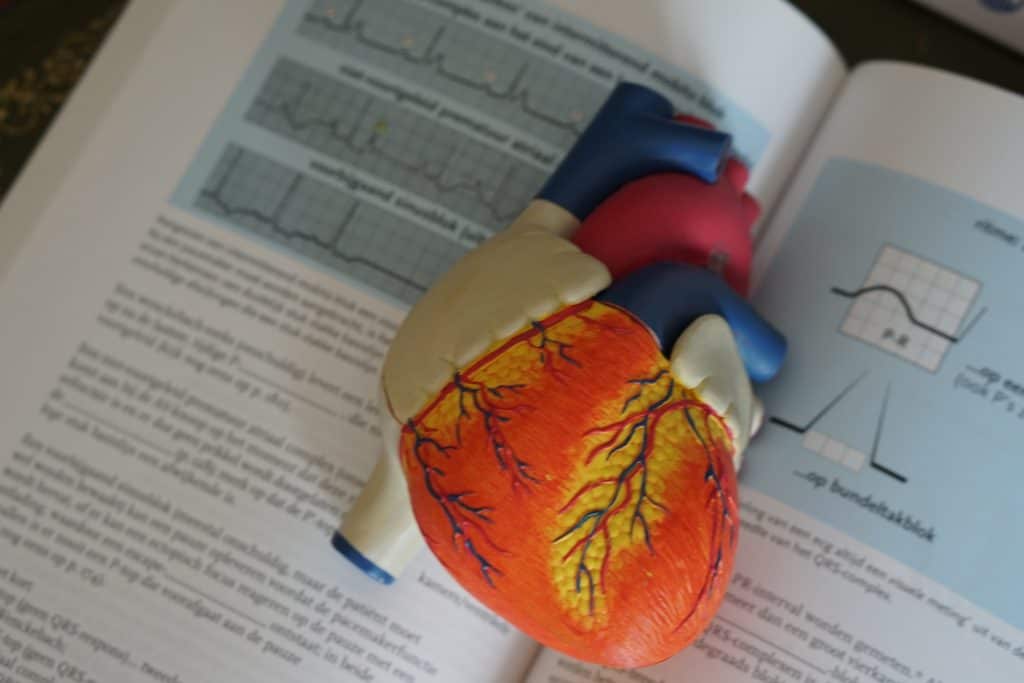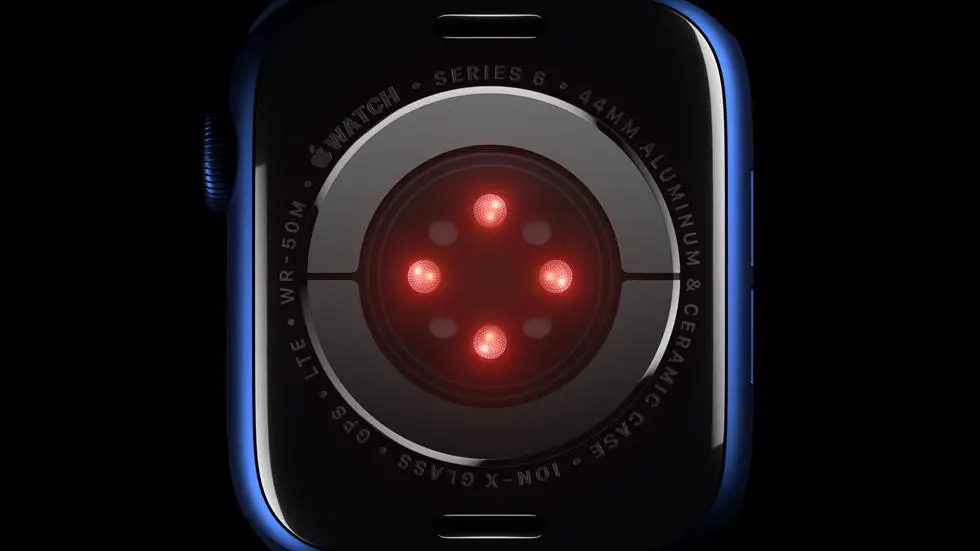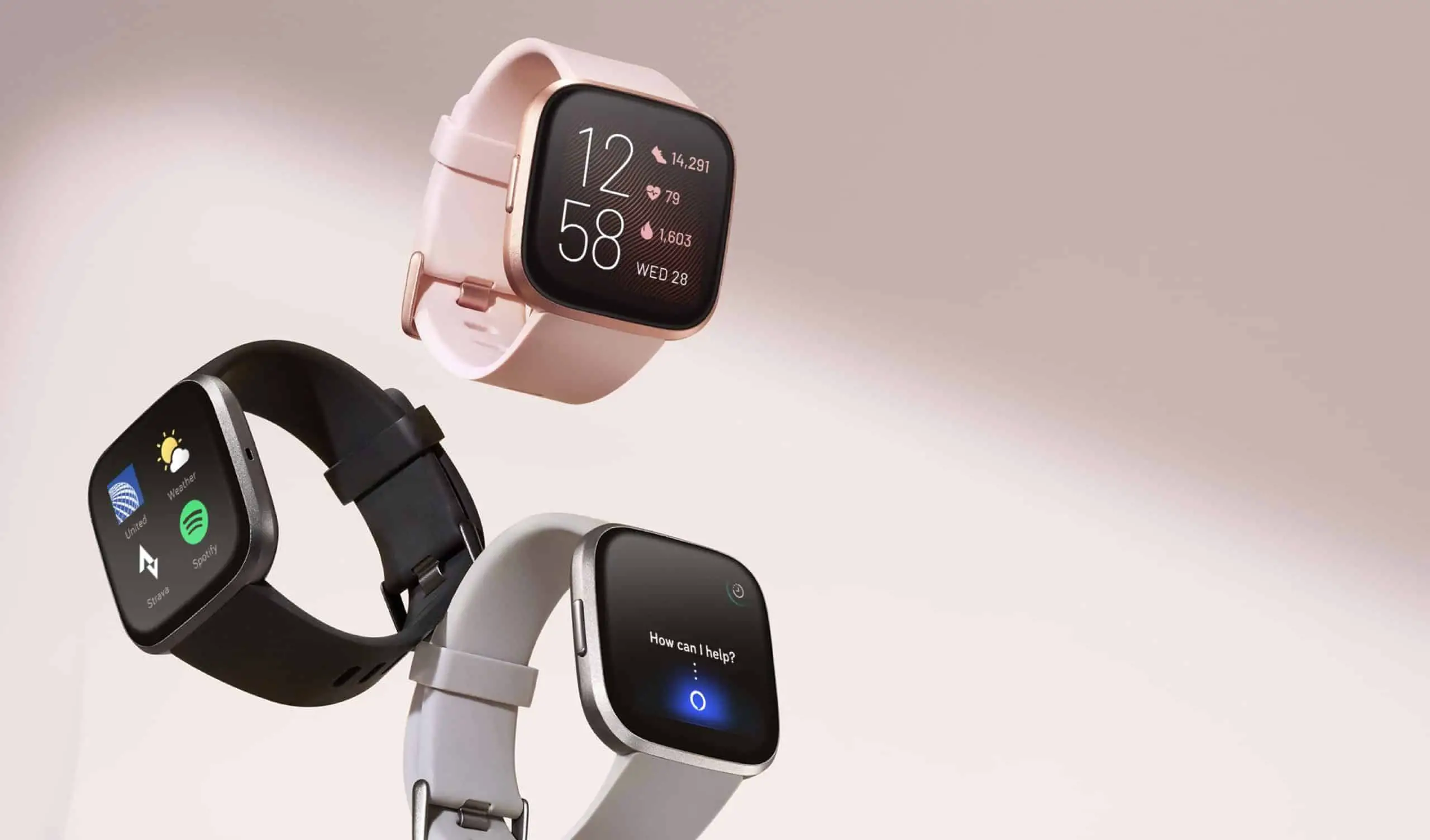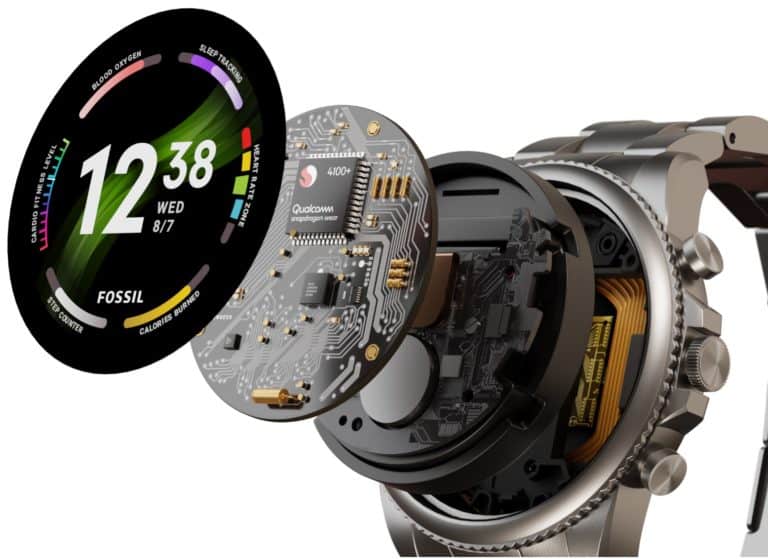Over the years, smartwatches have had a lot of sensors which are able to track a wide variety of vital signs. But are the sensors powerful enoughl to make a smartwatch detect a heart attack? Despite its health-promoting abilities, no smartwatch has yet been certified for detecting heart attacks by the US Food and Drug Administration (FDA) or any other national regulatory authority.
In recent years, the FDA approved a few ECG wearable devices, including the Apple Watch, Fitbit Sense, Galaxy Watch, and AliveCor KardiaMobile, for abnormal rhythm and atrial fibrillation identification.
Why not a single smartwatch has yet been approved to detect a heart attack?
A valid question is why no technology has yet been certified to detect a condition that happens every 40 seconds in the United States. Yes! Every 40 seconds, someone has a myocardial infarction. Every year, 805 000 people suffer from heart attacks, with 12% of them dying.
Prompt diagnosis and treatment, aimed primarily at restoring blood flow inside the cardiac muscle, are crucial for reducing the heart health consequences—every 30-minute delay in coronary reperfusion raises the 1-year death risk by 7.5%.
The first test you do to detect myocardial infarction is an electrocardiogram and every minute matters. As a result, the need for skilled paramedics or doctors to depend on heavy equipment would naturally result in significant gaps in diagnosis.
Having this in mind, the possibility of a smartwatch heart attack detection strategy exists. However, one of the most significant drawbacks of the Apple Watch ECG and most other devices is that they only analyze a single-lead ECG (2 electrodes).
Although a single-lead ECG proved adequate for diagnosing abnormal heart rhythms, heart attacks need a more detailed study of the many cardiac electric axes. A 12-lead electrocardiogram is a gold standard, which no ECG smartwatch can currently deliver.
Who has been working on enhancing ECG detection using wearables for years, it may soon change.
Heart Attack Versus Cardiac Arrest
These names are often used interchangeably. However, they are not the same. A heart attack occurs when blood supply to the heart is obstructed, while sudden cardiac arrest occurs when the heart malfunctions and abruptly cease pumping. A heart attack is considered a “circulation” issue, but a sudden cardiac arrest is considered an “electrical” one.
However, these two cardiac problems are connected. Sudden cardiac arrest may happen after a heart attack or during recovery. Sudden cardiac arrest is increased by heart attacks. The majority of heart attacks do not result in abrupt cardiac arrest. A heart attack, on the other hand, is a frequent cause of abrupt cardiac arrest.
Use Of Asynchronous ECG Signal For Heart Attack Detection
Recently, the notion of utilizing an Apple Watch and holding it at several points on the patient’s chest to eventually capture enough data from multiple electrical axes to imitate a clinical 12-Lead ECG has been studied.
ST Deviation Detection Using An Apple Watch
A team of Italian researchers performed a modest clinical study on 100 patients referred to the ER with chest discomfort to identify ST-segment abnormalities.
They recorded electrical impulses at several points on an Apple Watch Series 4, the most recent model at the time of the research, to imitate a multi-lead ECG. The information was saved in the iPhone Pro 11’s Health App.
The electrocardiograms of the patients were recorded using both a regular 12-lead electrocardiograph and the smartwatch procedure. A healthcare practitioner placed the smartphone based on the number of recording places.
The electrocardiograms and Apple Watch recordings were then evaluated by qualified cardiologists who used the conventional 12-Lead ECG readings as the reference values. When compared to the gold standard ECG, the Apple Watch detected an STE deviation with a sensitivity of 93% and specificity of 95%.
Despite its promise, the scientists identified several significant limitations to employing a wearable device to detect cardiac episodes.
The first was the need to perfectly place the watch and the difficulties of collecting data when just wearing it on the wrist. Second, presuming the ECG was properly captured, the data had to be manually evaluated by a cardiologist. As a result, this strategy is impractical and limited to extraordinary conditions such as pandemics, isolated places, or natural disasters.
Machine learning has made remarkable progress in recent years. The next stage was to combine the precision of the electrical smartwatches sensors with the data processing capability of artificial intelligence.
ECG Algorithm Validation Using Artificial Intelligence
Pr. Yoon’s team in South Korea attempted to create an AI model for diagnosing acute myocardial infarction utilizing asynchronous ECSs data obtained with a smartwatch placed at several essential places on the chest.
Their team went beyond establishing an algorithm to estimate the ideal number of places (leads) required for the findings to exhibit significant predictive power.
The algorithm they developed was trained and verified using a database of over one million ECGs gathered from almost 450,000 people. Following the application of exclusion criteria, more than 200,000 ECGs were evaluated in the research.
They also discovered that three sites were adequate to equal the predictive values of commercial ECG analysis systems, even though the predictive value increased with the number of leads.
This model is the first to evaluate life-threatening situations swiftly and consistently, possibly paving the way for its use in the field. In the instance of chest discomfort, for example, the patient might be instructed by an app in precisely situating the leads.
The neural network at the heart of the AI system looked to be sensitive and particular enough to detect not just a shift in heart rate but also a potentially life-threatening cardiac event.
Only three leads combined with a prediction algorithm may be sufficient to provide an initial diagnosis and may be useful in triage before the arrival of paramedics.
Bottom Line
Smartwatches are effective in detecting vital signs such as blood oxygen levels, irregular heartbeat, atrial fibrillation, blood pressure, and even sleep cycles, sleep apnea, and fall detection.
Despite FDA approvals for numerous models for distinguishing between atrial fibrillation and normal sinus rhythm, no smartwatch currently has the capability and underlying algorithms to identify a probable heart attack effectively.
This necessary function might be complex to utilize. The need to set the watch at various chest areas presents significant obstacles, particularly when the patient is alone and in discomfort.
Pr. Peter Libby, a cardiologist at the Harvard-affiliated Brigham and Women’s Hospital, believes that the technology has tremendous potential but is not yet ready.
According to him, doing clinical studies, obtaining essential regulatory licenses, and bringing the technology to your wrist might take up to ten years. This innovative strategy has a lot of promise and can save lives in the coming years.
In the event of chest pain, do not look at your wearable gadget until it has been approved; instead, contact 911 and remember that every minute matters.
Frequently Asked Questions (FAQs):
Can A Smartwatch Spot Arrhythmia?
Dr. Maged Amine, currently an interventional cardiologist at Houston Methodist Hospital, discovered that a wristwatch screens for and monitors one cardiac ailment at all times – atrial fibrillation (AFib), which occurs due to inadequate blood flow.
Can Fitbit Detect Heart Problems?
While the Fitbit ECG app is useful for identifying artery attacks, blood clots, stroke, and other heart-related problems, it does not indicate when a heart attack is caused by a blood clot.
Emergency services must manage your medical emergency. Nobody under the age of 22 can download the Fitbit ECG app.
Are Smart Watches Beneficial For Heart Patients?
This year, the number of heart rate monitors needed on current smartwatches rose.
The research may be used to identify the harmful condition of afib (afib), one of the causes of stroke in the United States, to help individuals understand their hearts better.
Is It Possible For A Smartwatch To Detect Irregular Heartbeat?
ECG data obtained by smartphones and wearables may now be seen and sent by healthcare practitioners.
In 2018, Apple released the Apple Watch Series 4, the first smartwatch that can utilize a smartphone’s camera to monitor cardiac activity and identify heart rhythm problems.
Which Smartwatches Are Capable Of Detecting Afib?
The ScanWatch is a hybrid smartwatch that requires less than two-thirds of its Smart components to function as an analogue watch.
A typical ScanWatch includes activity tracking, heart rate monitoring, oxygen levels, and blood pressure monitoring.
Is There A Detection App For Arrhythmia?
Cardiio, a new MIT Media Lab spinoff software, might utilize a smartphone camera to identify facial symptoms related to cardiac rhythms and strokes.
It detects and analyzes minute variations in light reflected from the pulse to examine the pulse reflected on the skin.
Can Fitness Trackers Detect Irregular Heartbeat?
New algorithms for detecting irregular cardiac rhythms were evaluated using data from smartwatches and activity trackers. The study’s preliminary findings have been disclosed.






